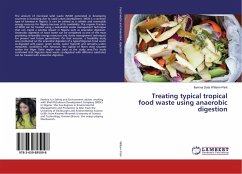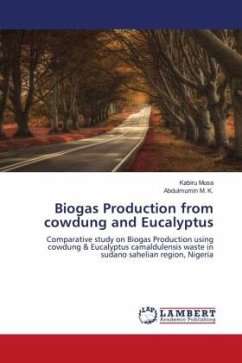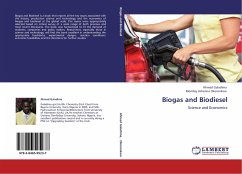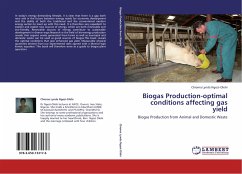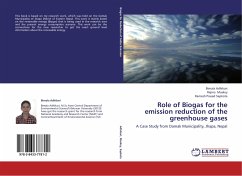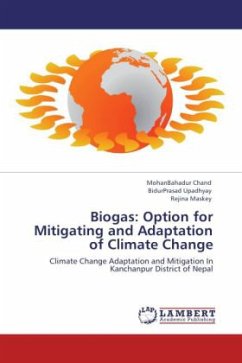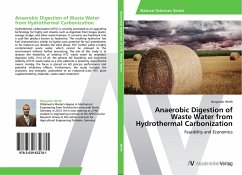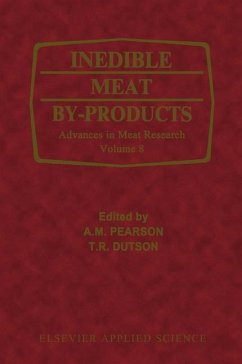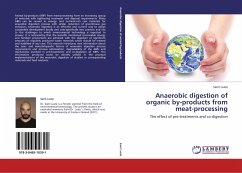
Anaerobic digestion of organic by-products from meat-processing
The effect of pre-treatments and co-digestion
Versandkostenfrei!
Versandfertig in 6-10 Tagen
45,99 €
inkl. MwSt.

PAYBACK Punkte
23 °P sammeln!
Animal by-products (ABP) from meat-processing form an increasing group of materials with tightening treatment and disposal requirements. Many ABPs can be reused as energy- and nutrient-rich raw materials for anaerobic digestion process with similar reduction of greenhouse gas emissions. Anaerobic digestion is an effective and current way to adopt sustainable development locally and case-specifically into practice and rise to the challenges to which environmental technology is expected to answer. It is noteworthy that the benefits mentioned (renewable energy and fertilizer production) are achie...
Animal by-products (ABP) from meat-processing form an increasing group of materials with tightening treatment and disposal requirements. Many ABPs can be reused as energy- and nutrient-rich raw materials for anaerobic digestion process with similar reduction of greenhouse gas emissions. Anaerobic digestion is an effective and current way to adopt sustainable development locally and case-specifically into practice and rise to the challenges to which environmental technology is expected to answer. It is noteworthy that the benefits mentioned (renewable energy and fertilizer production) are achieved with the digestion of significant amounts of regularly produced waste materials which should be treated and stabilised in any case. This research introduces new information about the case- and material-specific factors of anaerobic digestion process requirements and process optimisation, degradability of the ABPs and mechanisms involved in pre-treatments and co-digestion of ABPs. The information produced could be directly utilised in the practical implementations of the anaerobic digestion of studied or corresponding materials and feed mixtures.



